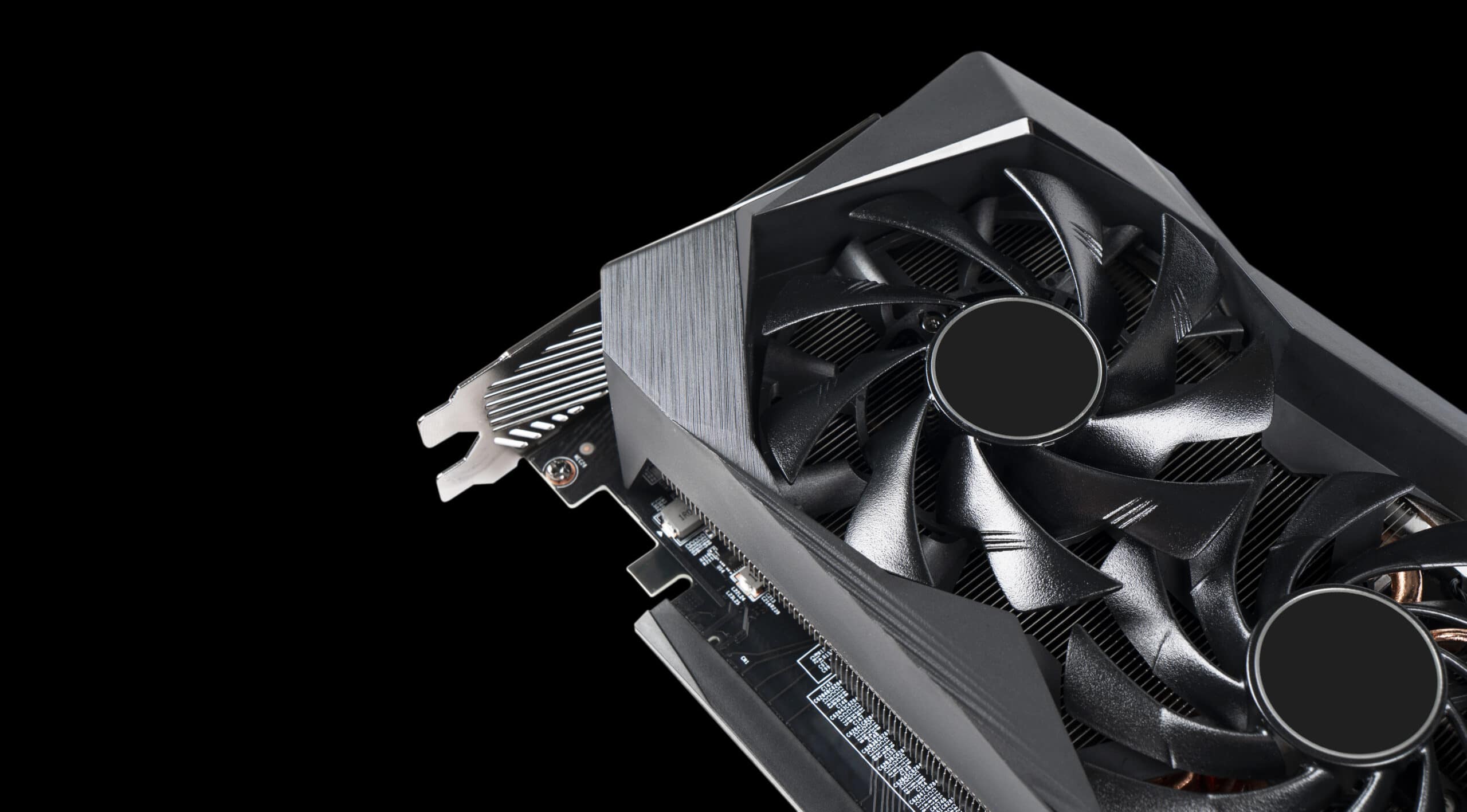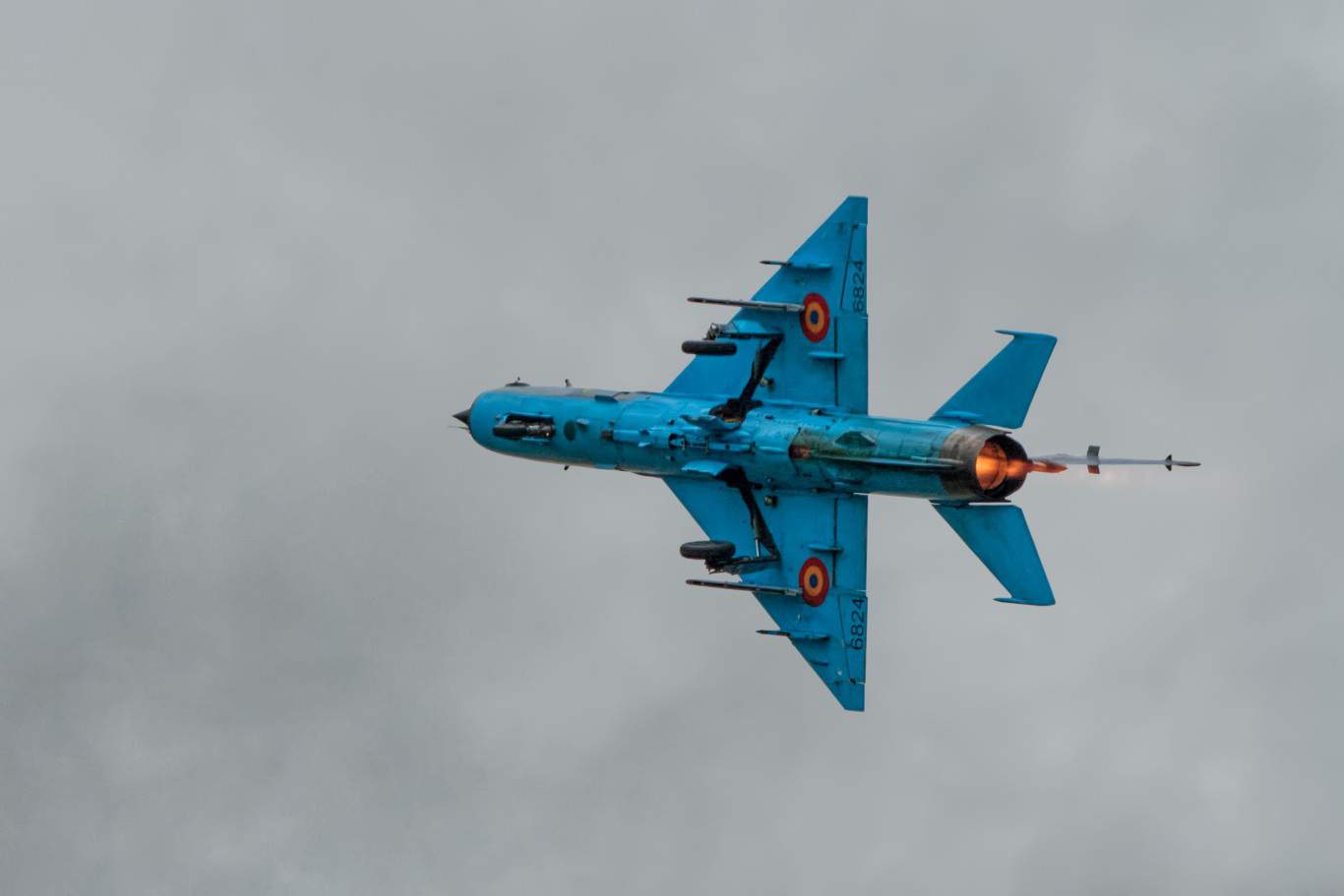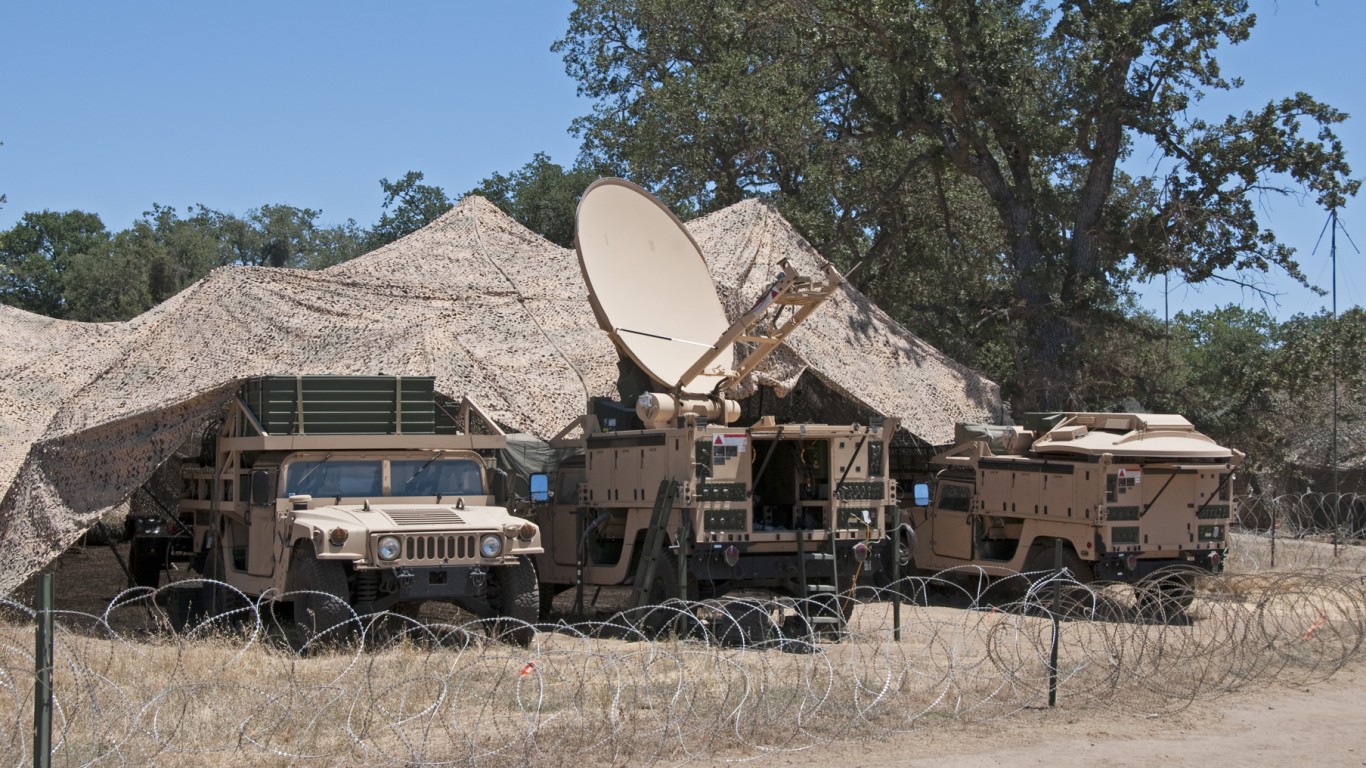Military
19 Revolutionary Military Technologies Shaping the Future Battlefield

Published:

Military technology is constantly evolving. The future battlefield promises to be more complex and ever-changing than today’s battlefield. Here are 20 of the revolutionary military technologies that are shaping how wars may be fought in the coming years:

Missiles have been a part of the battlefield for a long time. However, next-generation missiles will travel at speeds exceeding Mach 5, making them more challenging to defend against. This hypersonic missile could be used to deliver conventional or nuclear warheads.

While it’s been the case in science fiction, we have not seen directed-energy weapons like lasers or high-powered microwaves. However, these could be created to destroy and disable enemy targets. They have the potential to revolutionize air defense and missile defense. They may also provide new close combat capabilities.

AI is already used in many military applications, such as target recognition and autonomous weapons systems. However, AI will probably play a greater role in decision-making in the future. You can expect the impact of AI to increase, which may also influence AI stock prices.

These weapons systems work without human intervention. However, these raise ethical and legal concerns, as they may not always work correctly. They have the potential to revolutionize warfare by reducing casualties and increasing the efficiency of military operations.

Quantum computers were once a thing of science fiction. However, they now revolutionize code-breaking, potentially giving advanced countries serious advantages in conflicts. They can also be utilized to develop new materials for military applications.

Biotechnology can be used to develop new weapons, like genetically engineered diseases or performance-enhancing drugs. Of course, there are many ethical concerns in this area, too. However, biotechnology can also be used to develop new medical treatments to protect soldiers on the battlefield.

Robotics have been a part of the battlefield for some time. However, advanced robotics can revolutionize this further, though. They are already being used for tasks like bomb disposal and reconnaissance.
In the future, these robots can play a more prominent role in combat. They may engage in close-quarters fighting or providing fire support.

3D printing still has a long way to go. However, it could revolutionize military logistics by allowing weapons and spare parts to be printed on demand. If items can be printed, stockpiles may not be as necessary.

New materials are constantly being developed, and some are made with improved properties. For instance, science may be able to make a material stronger or more heat resistant. Today, we see these improved materials mostly for making lighter, stronger, and more durable vehicles and body armor.

Nanotechnology is the manipulation of matter at the atomic and molecular levels. It can potentially revolutionize military technology in many ways, like creating new materials, sensors, and even weapons.

Cyberwarfare is the new frontier of war. It involves attacking the enemy’s critical infrastructure through computers, such as power grids and financial systems. Cyberwarfare has become a growing threat that can gravely impact a country’s ability to function.

Information warfare involves using information to influence and deceive enemies. It’s war with information, hence the name. It can include things like propaganda and psychological operations. As we’re understanding more and more about disinformation and psychology, this sort of warfare is becoming more and more common.

We’ve been in space for some time. However, space warfare is pretty new. Space is slowly being militarized, with countries developing anti-satellite weapons and space-based sensors. The use of force in space will likely be one of the next frontiers of warfare.

We’ve been fighting under the sea since the invention of the submarine. However, these technologies are constantly being developed. For instance, countries are developing autonomous underwater vehicles and new types of submarines.

These vehicles can travel at hypersonic speeds solely by the lift generated by their shape. Currently, they are still being developed. However, they may be difficult to defend against, as they will likely fly under the radar.

As drone technology continues to be developed, effective technologies against drones are being developed. These C-UAV systems use many methods to defeat drones, such as jamming their signals or shooting them down.

New camouflage is being developed that can make soldiers and vehicles virtually invisible. Currently, this is still the realm of science fiction, but it will likely be developed in the future. As you might imagine, being practically invisible can give one side a significant advantage in conflict.

These non-lethal weapons are designed to disable or incapacitate enemies temporarily. They’re often made of directed energy, such as lasers or microwaves. These can be used to control crowds and stop vehicles. Some are using them to disable electronic devices, as well.

BCIs could allow soldiers to use their minds to control weapons or other devices with their thoughts alone. Potentially, this could improve reaction times and allow for intuitive control of complicated weapons.
However, there are currently some ethical concerns surrounding these new technologies.
Start by taking a quick retirement quiz from SmartAsset that will match you with up to 3 financial advisors that serve your area and beyond in 5 minutes, or less.
Each advisor has been vetted by SmartAsset and is held to a fiduciary standard to act in your best interests.
Here’s how it works:
1. Answer SmartAsset advisor match quiz
2. Review your pre-screened matches at your leisure. Check out the advisors’ profiles.
3. Speak with advisors at no cost to you. Have an introductory call on the phone or introduction in person and choose whom to work with in the future
Get started right here.
Thank you for reading! Have some feedback for us?
Contact the 24/7 Wall St. editorial team.